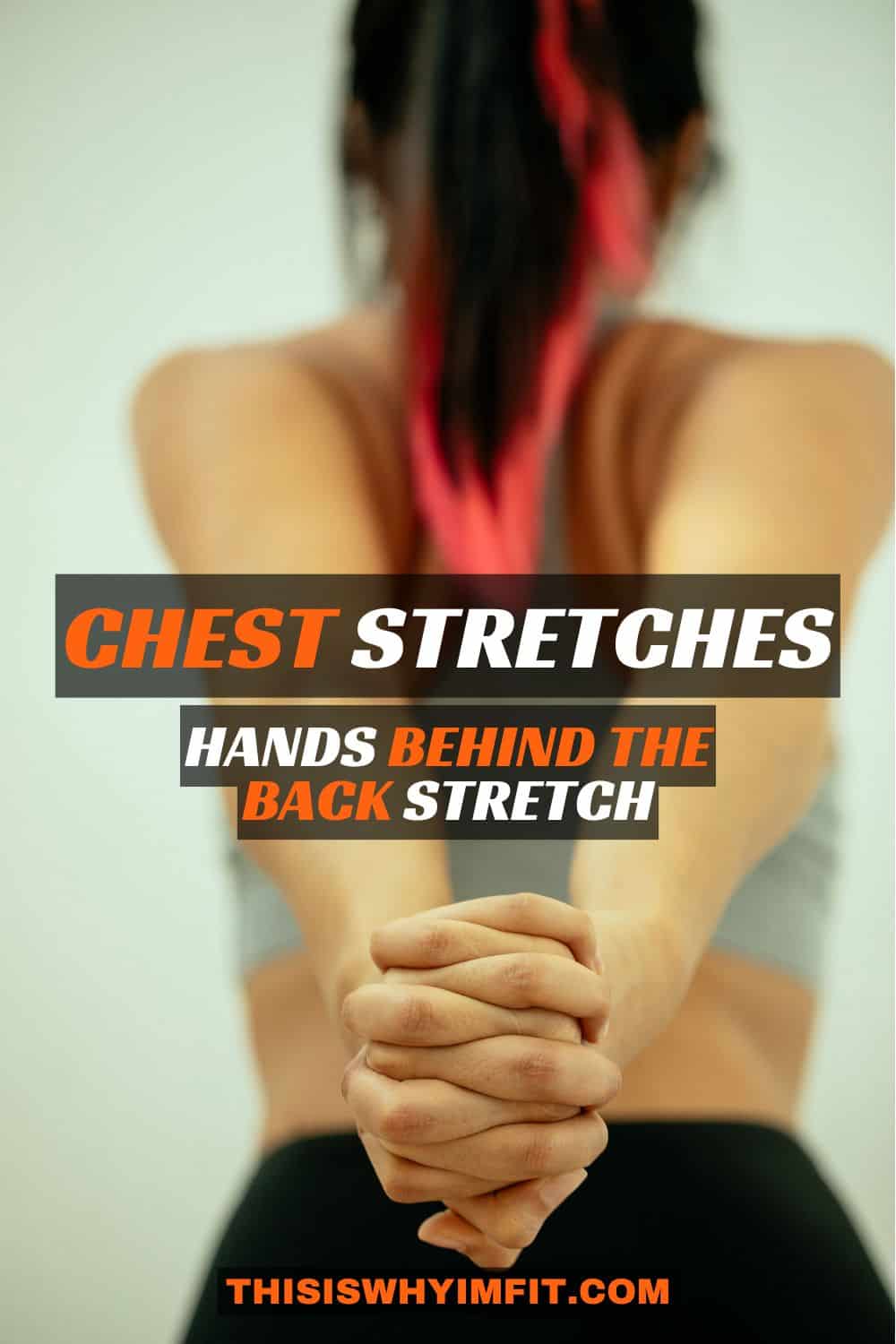
The best online fitness resource you'll ever need. We filter out the BS to ensure you meet your health and fitness goals!

The best online fitness resource you'll ever need. We filter out the BS to ensure you meet your health and fitness goals!

Stretching out your pecs is key to long term correct posture, smooth movement and pain-free living.
We’re going to delve a little into yoga for this one.
Though there are many (hundreds, if not thousands!) of perfectly good stretches you can do to open out sore joints, keep muscles moving fluidly and help your body to recover without too much soreness, there is something about yoga…
it manages all these feats in style, making you a stronger athlete for just a small amount of investment.
Chest tightness is pretty common. Most people who experience will either (or both) be athletes or desk workers.
Athletes, specifically bodybuilders and powerlifters, can develop tight pectorals and anterior deltoids from performing pressing movements under load, without stretching properly either before or after.
Think bench presses, overhead press, push ups and the like. Desk workers, meanwhile, are often riddled with postural imbalances.
Amongst these, rounded shoulders are common: this will result in tight pectorals over time, accompanied by pain and discomfort through the chest and upper back.
With this in mind, we’ve put together a list of three of the best yoga-inspired pectoral stretches that you can perform every day, before or after a heavy chest workout, or simply whenever your chest feels like it’s getting tight.
This chest opener can be performed statically either post-workout or during your normal day, or dynamically before a workout. It will stretch out your chest no matter how tight it is, increasing range of motion of the pecs, anterior delts and biceps.
To perform this chest opener:

This is a commonly used stretch in yoga and can be performed as part of most standing or seated postures, or from simply standing in a neutral position. It focuses on opening out the chest and the anterior deltoids and will represent the perfect antidote the hunched position many of us adopt when we’re at our desks.
It works best as a static stretch, for use throughout the day or after a chest/pressing workout.
To perform the hands-behind-the-back chest stretch:
This is an intermediate grounded yoga pose that will go deep into the hip flexors as well as the chest. This makes it perfect for anybody looking to recover from, or prepare for, exercise like the bench press, as it stretches out the whole front side of the body. It will mean greater range of motion through the chest and front of the hips, making the arched position used during the bench press much more comfortable and accessible.
Use it either at the end of a chest workout to stretch out, or at the beginning as a warm up.
To perform a bow pose:
You need to include these kinds of stretches in your work outs and in everyday life. For a loose, mobile chest that reaches its full range of motion, make sure to dynamically work and open it pre-training. To stop it from tightening, or to open it up if it is chronically tight, statically stretch your chest as often as possible, particularly following a heavy chest workout.
Your posture, your performance, and your comfort levels will all benefit.